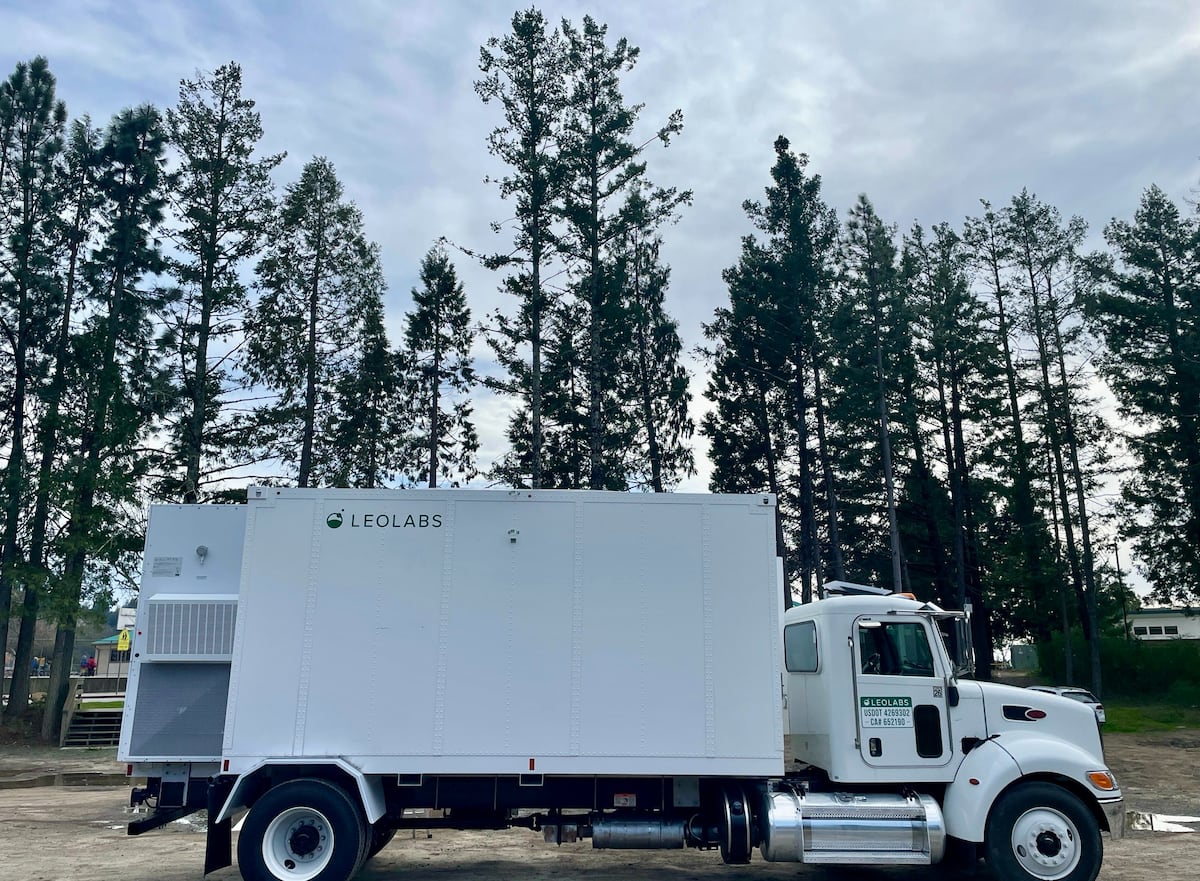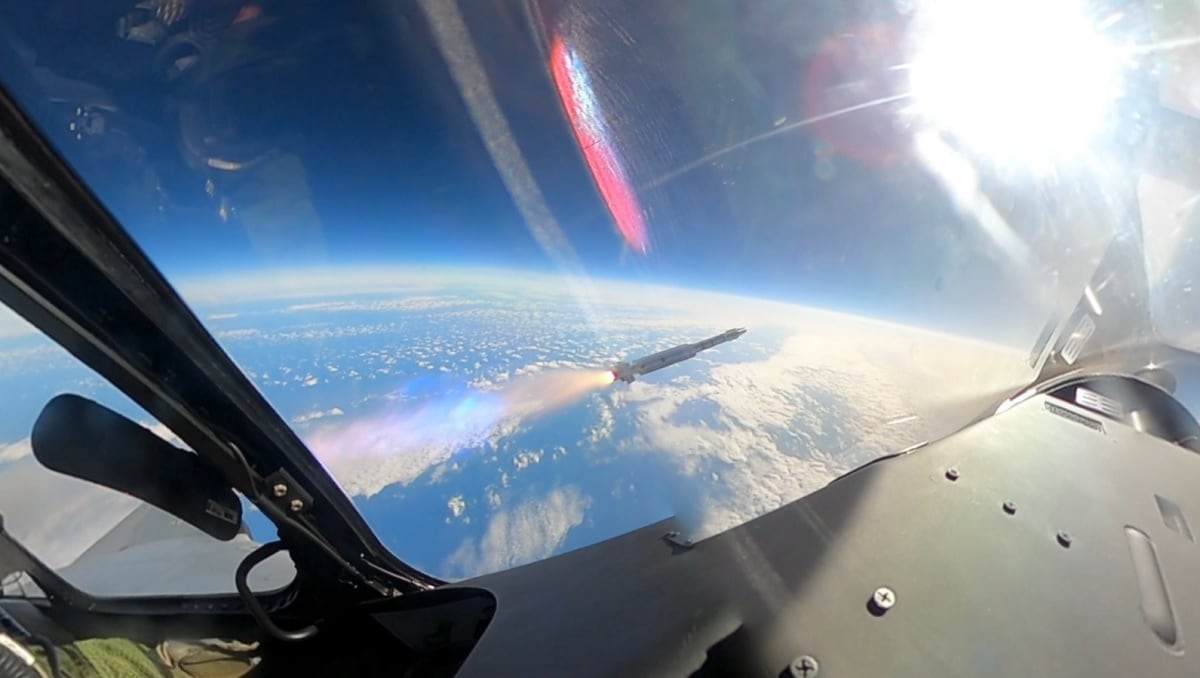COLORADO SPRINGS, Colo. — Space intelligence firm LeoLabs announced on Monday its next-generation mobile radar, Scout, designed to provide flexible coverage of on-orbit activity from various locations around the world.
LeoLabs CEO Tony Frazier told Defense News in a recent interview the company plans to deliver the first few Scout radar systems to the Indo-Pacific later this year and is in conversations with several potential customers about further ramping up production in the coming years.
“We can envision a future where we can get to dozens of these systems over the next few years,” Frazier said.
In 2024, LeoLabs tracked 253 successful launches to low Earth orbit — 155 of those by the U.S. and 86 by its adversaries, including 65 launched by China. As the number of commercial and military launches increases and concerns grow about threats to U.S. assets, LeoLabs is expanding its network of ground-based radars to provide more coverage of what’s happening in orbit, especially from the Indo-Pacific region.
“There’s a big gap in being able to detect and track all that launch activity and then rapidly catalog those payloads,” Frazier said.
LeoLabs is using a mix of government funding and private capital to build out its radar and sensor network. In late 2024, the firm unveiled Seeker, its first ultra-high frequency radiant array system, as an early step in that expansion. LeoLabs developed the system, in part, using a small-business innovative research contract it received in 2023 from the Air Force’s innovation arm, AFWERX.
In March, the company announced it had received a strategic funding increase contract to operate Seeker in the Indo-Pacific by 2027.
The firm hopes the deployment of Scout — also developed with funding from a 2024 small business innovative research contract — will build on that momentum, allowing it to expand its own network and offer customers the option to either buy and operate their own radars or lease capacity to get coverage in specific areas.
“I think we’re seeing a pattern similar to what has happened in remote sensing, kind of ISR [intelligence, surveillance and reconnaissance] from space, where companies may have a network they own for a specific commercial mission, but then are able to build sovereign sensors for certain customers,” Frazier said. “We’re exploring both.”
Because Scout is meant to be expeditionary, its components are compact and its design is modular. The firm will showcase a truck-mounted version this week at the annual Space Symposium in Colorado Springs, Colorado. Frazier said there is also a ship-based version of Scout and LeoLabs is in talks with clients about a containerized version that could be rapidly deployed to a fixed site.
Courtney Albon is C4ISRNET’s space and emerging technology reporter. She has covered the U.S. military since 2012, with a focus on the Air Force and Space Force. She has reported on some of the Defense Department’s most significant acquisition, budget and policy challenges.
Read the full article here








Leave a Reply